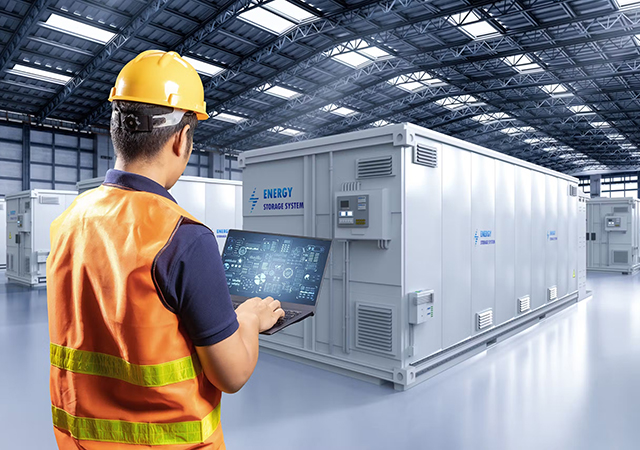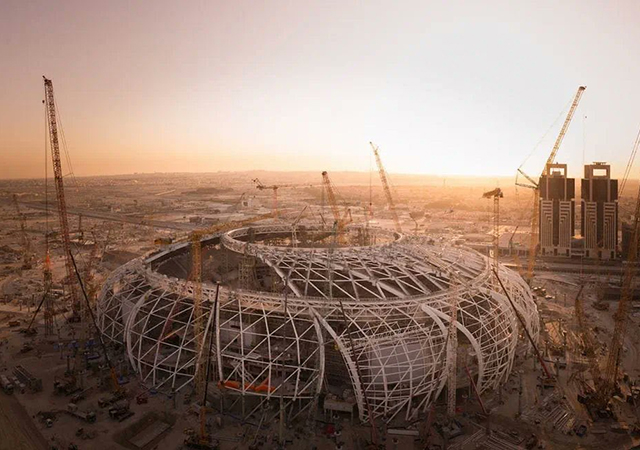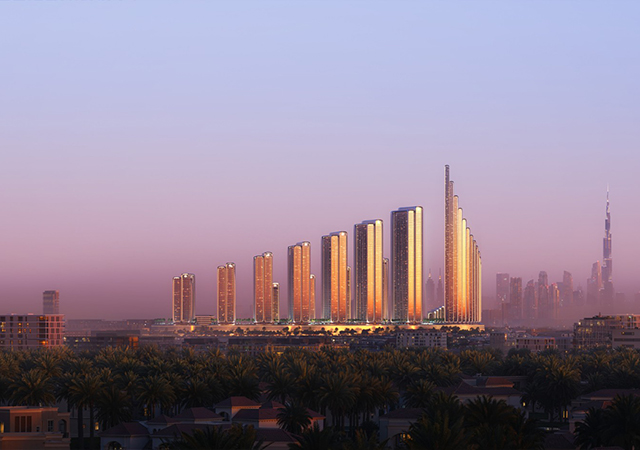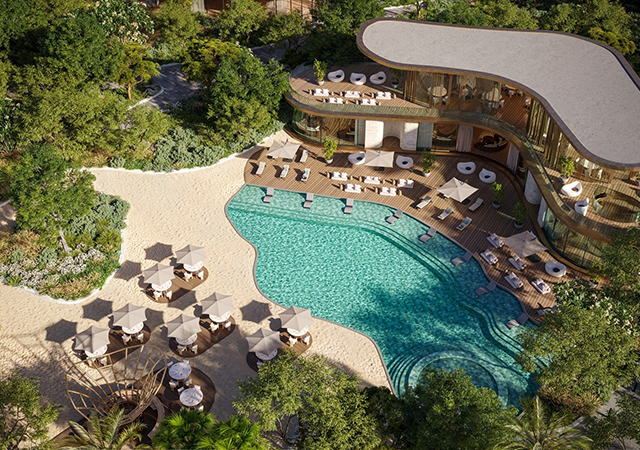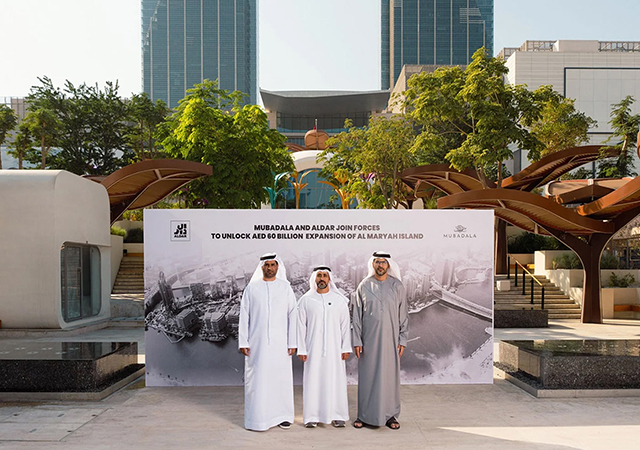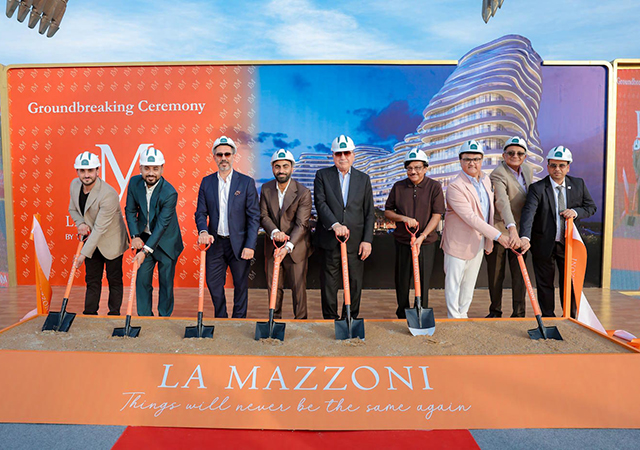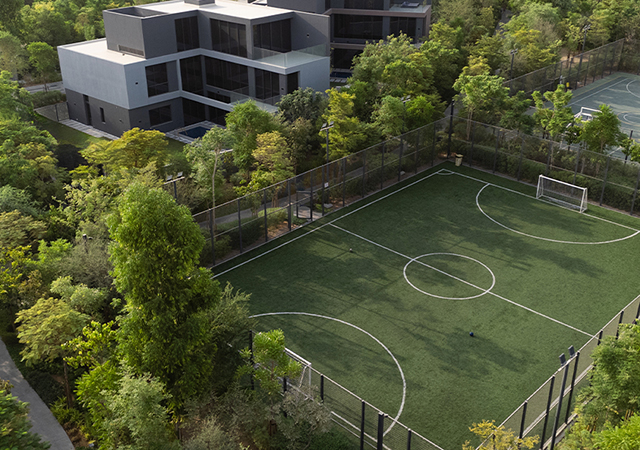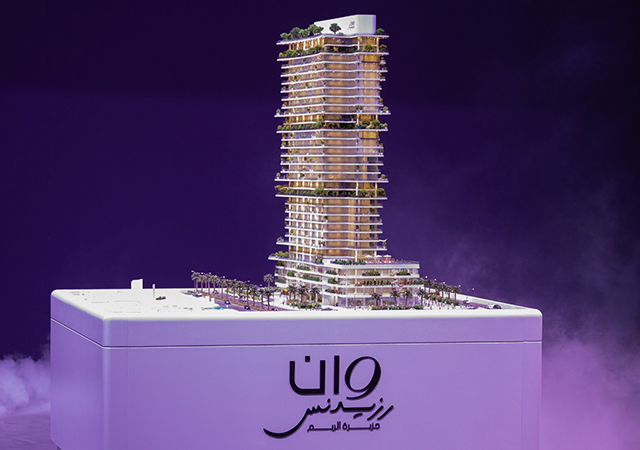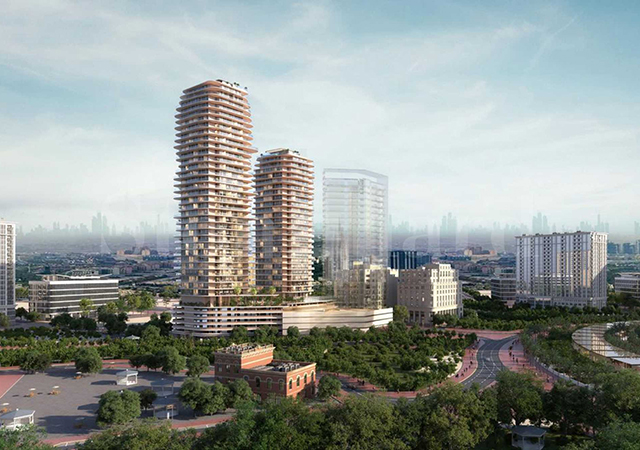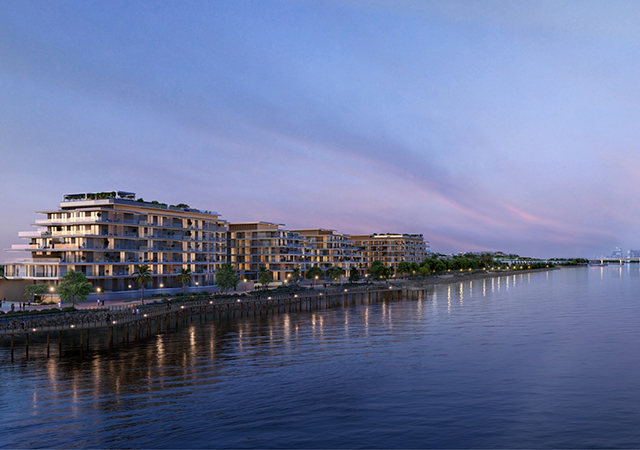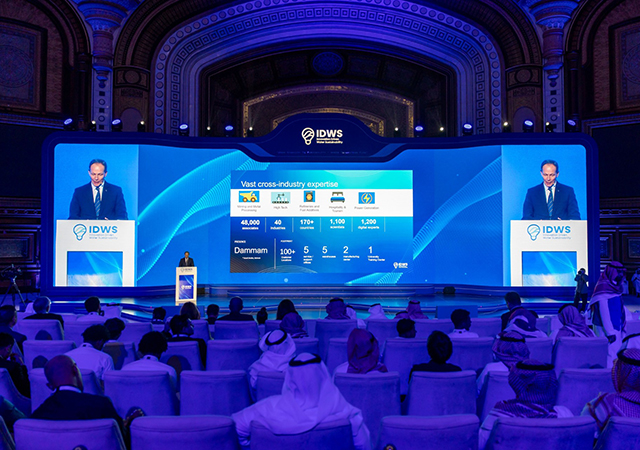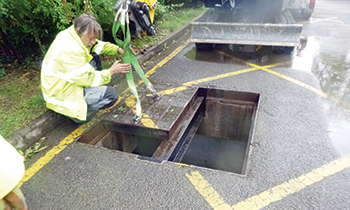
 The outflowing water is set in rotation in the Geberit HDPE Sovent fitting.
The outflowing water is set in rotation in the Geberit HDPE Sovent fitting.
Geberit has upgraded its tried-and-tested Sovent System fitting with the new SuperTube technology which, due to its improved hydraulics, allows direction changes in drainage networks with the same discharge capacity and the same dimensions.
This technology helps save space in both the vertical and horizontal directions, according to the Switzerland-based sanitary products specialist.
“This is thanks to SuperTube’s smaller pipe dimensions and zero additional ventilation requirements. In addition, the horizontal pipework does not require any slope,” Gabriel Nassar, managing director of the representative office Gulf of Geberit, tells Gulf Construction.
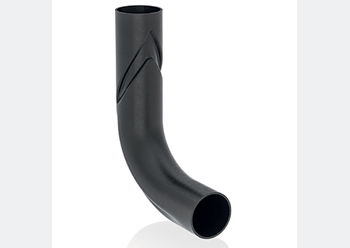 |
|
BottomTurn bend results in significantly lower impulse losses than in conventional directional changes. |
The HDPE (high-density polyethylene) Sovent system enables an economical and space-saving configuration of stacks in buildings with more than five floors (high-rise buildings).
This fitting has allowed Geberit to successfully offer a space-saving solution for high-rise buildings by making it possible to do away with a parallel ventilation pipe. Now, the Geberit SuperTube technology is taking this concept one step further, says Nassar.
Changes in direction have always required an additional ventilation pipe in the past, but Geberit SuperTube does away with this requirement.
Nassar elaborates: “In the hydraulically-optimised Sovent fitting, the water is fed in such a way that there is no hydraulic congestion when it is supplied from the connections. The Sovent fitting causes the outflowing water to rotate and flow along the pipe wall in an annular flow with a stable column of air in the centre.”
A continuous air column is achieved with the Geberit HDPE BottomTurn bend. “A change in direction causes the wall of water to break and the annular flow to become a layered flow without disrupting the column of air,” Nassar continues.
This direction change of the water in the HDPE BottomTurn bend results in significantly lower impulse losses than in conventional directional changes. This means horizontal pipelines up to 6 m can be installed without any slope and with dimensions of d110. At the end of the offset, the layered flow of waste water is directed back into a swirling annular flow by the Geberit BackFlip bend and the column of air remains intact.
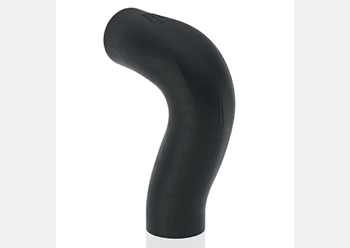 |
|
Geberit BackFlip bend ... the column of air remains intact. |
Hydraulic pressure compensation in a stack system is an extremely complex matter, Nassar points out. “Each stack concept is characterised by individual properties. The capacity of the stack and ventilation system is dependent on the flow capacity of the appliances, their simultaneous drainage pattern, the branch fitting inlet configuration and the drainage concept of the building. Overpressure and negative pressure in a drainage system must be limited in order to ensure the water seal in the trap.
“Very high negative pressure values can arise in conventional main vent stacks. The negative pressure arises due to the unfavourable flow behaviour between the stack and the branch discharge pipe. This unfavourable flow behaviour leads to a hydraulic blockage in the stack that prevents the air from circulating,” he explains.
The HDPE Sovent fittings prevent a hydraulic blockage from forming in the stack. Because the flow in the stack is guided around the point of connection, the incoming waste water has time to switch to the vertical direction so that it flows in a parallel direction when it meets the waste water in the stack flow. This minimises the collision turbulences of the two waste water flows and, therefore, reduces the pressure fluctuations in the system, Nassar adds.
In addition, the partition in the HDPE Sovent fittings prevents foam, dirt particles or splash water from getting into the branch discharge pipe.
The SuperTube technology facilitates a consistent discharge pipe with a single pipe dimension. There is no need for a ventilation pipe and, what’s more, the horizontal pipeline can even be laid to a length of up to 6 m without a slope, Nassar remarks.
A conventional discharge pipe, on the other hand, achieves a discharge capacity of 12.4 litres per second with pipe dimensions of d160 and an additional d90 ventilation pipe and requires a minimum of three per cent slope in case of a horizontal offset to maintain the discharge capacity, he points out.
Geberit HDPE BottomTurn bend and HDPE BackFlip bend can be used only in conjunction with the Geberit HDPE Sovent fitting d110 and the Geberit HDPE or Geberit Silent-db20 drainage systems.
Furthermore, the HDPE Sovent fittings, BottomTurn Bend and BackFlip Bend with SuperTube technology also stand out due to their patented, flow-optimised design.
“The flow-optimised design in the HDPE Sovent fitting d110 comprises a flow divider and a swirl zone. The flow divider adjusts the flow of the water and supports functional stability in the system. The swirl zone creates a rotating movement that allows the water to flow along the pipe wall, which produces a continuous column of air. This effect increases the discharge rate of the fitting by more than 30 per cent (from 8.7 to 12 litres per second),” says Nassar.
The new HDPE BottomTurn and HDPE BackFlip fittings are now available in the Gulf region.
Headquartered in Rapperswil-Jona, Switzerland, Geberit Group is a leader in the field of sanitary products, with a very strong local presence in most European countries. The company’s production network encompasses 30 production facilities, of which six are located overseas.
With around 12,000 employees in around 50 countries, Geberit generated sales of CHF3.1 billion ($3 billion) in 2018.




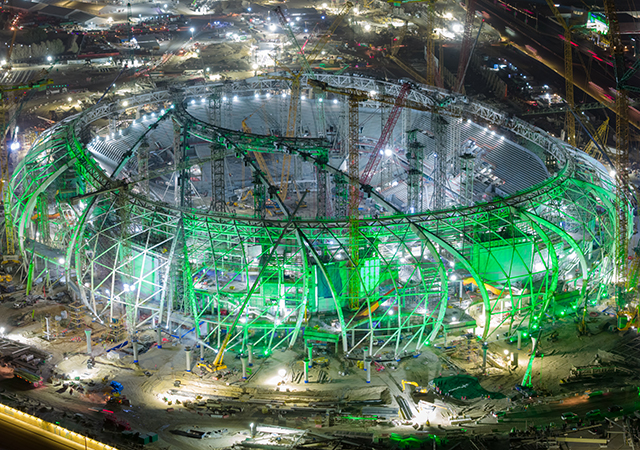



.jpg)

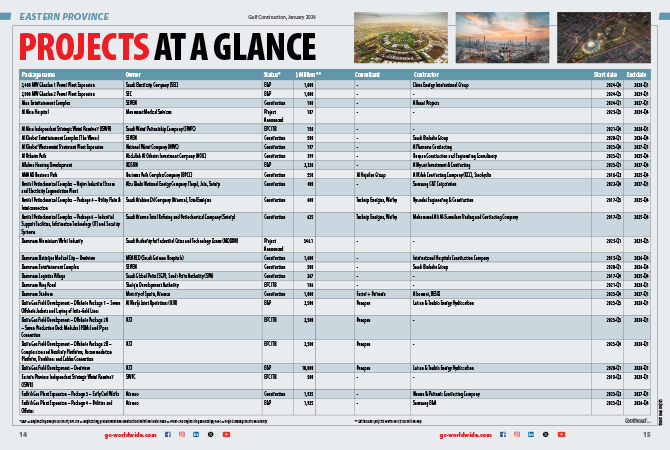

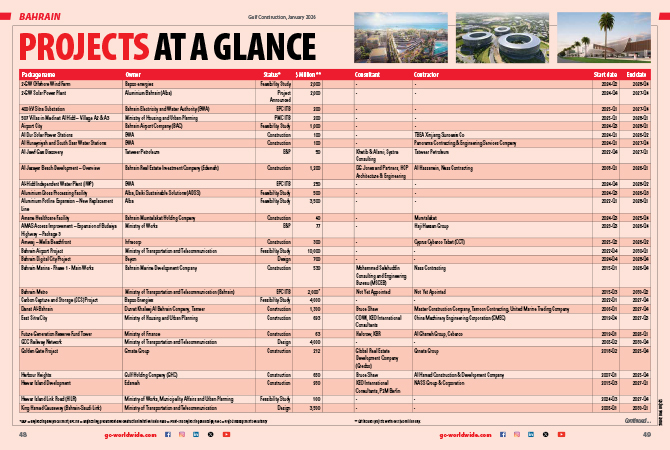
.jpg)








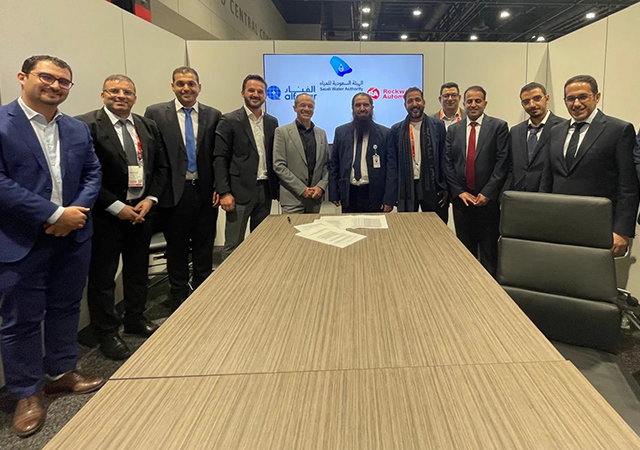
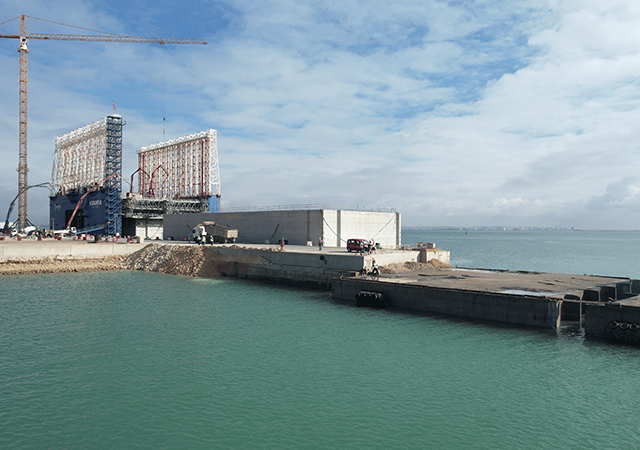
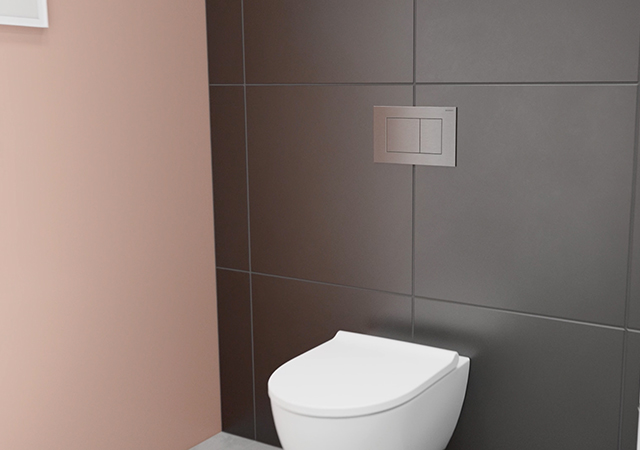




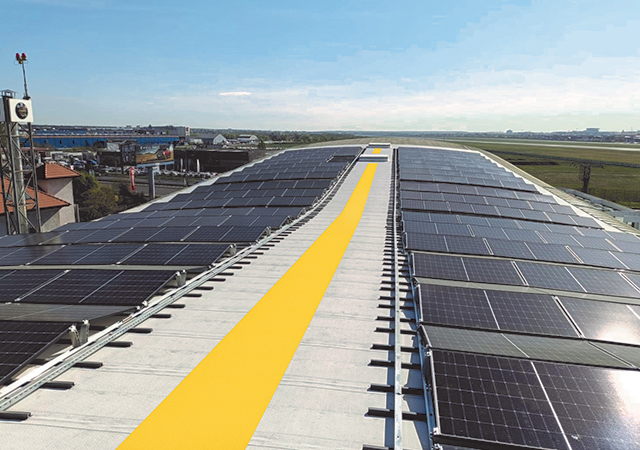






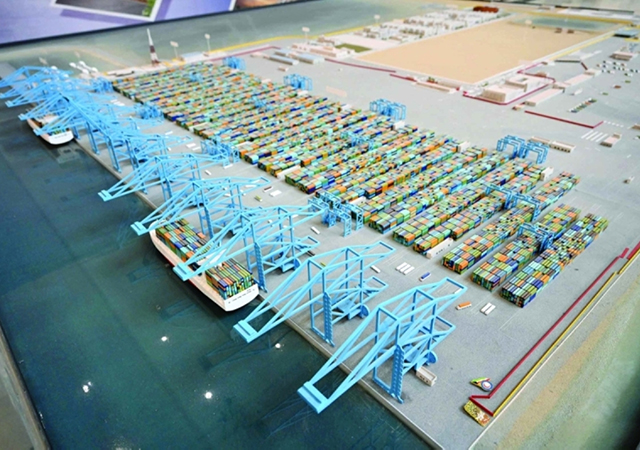





.jpg)







